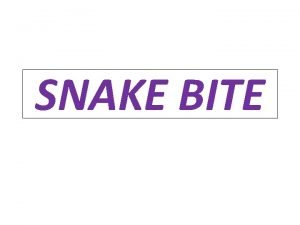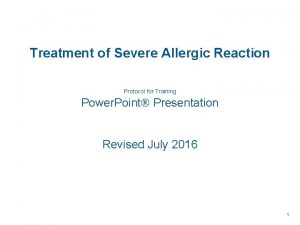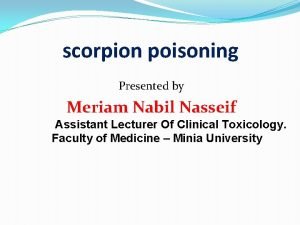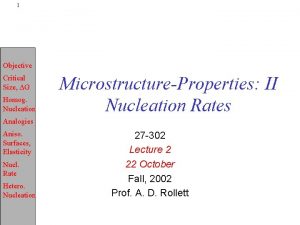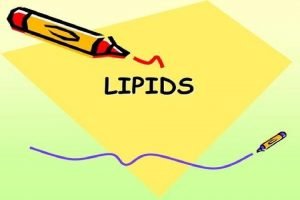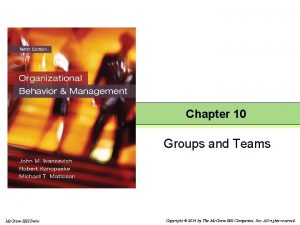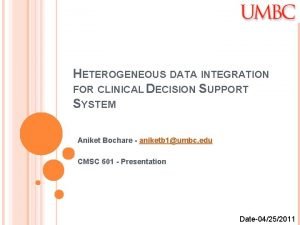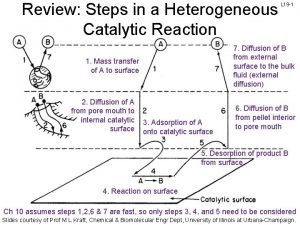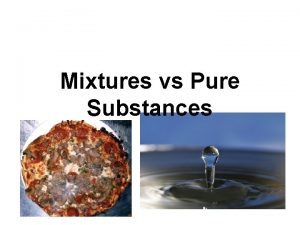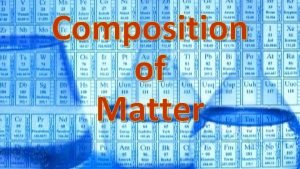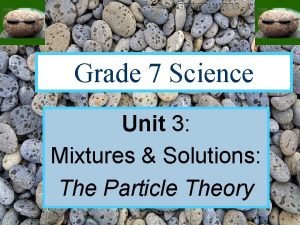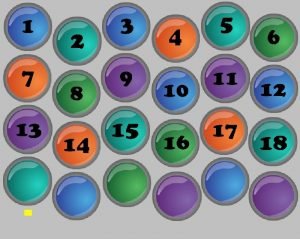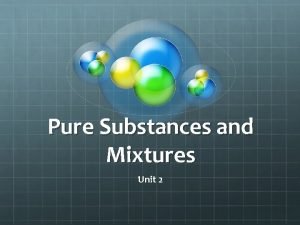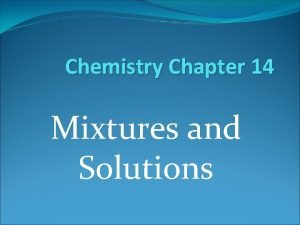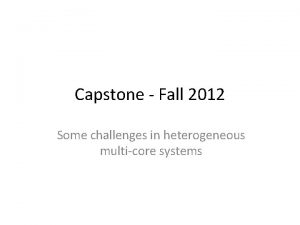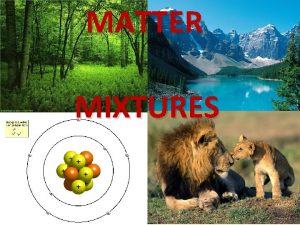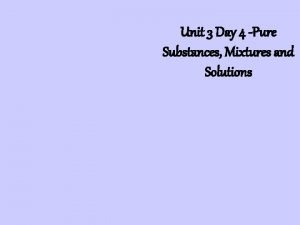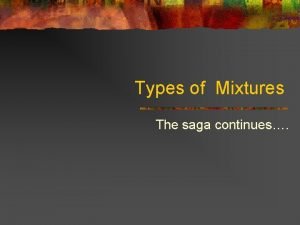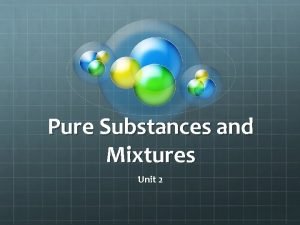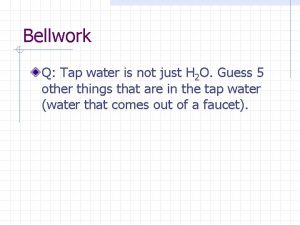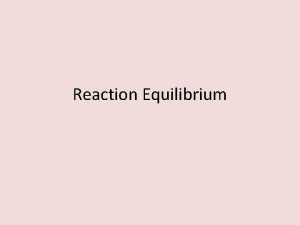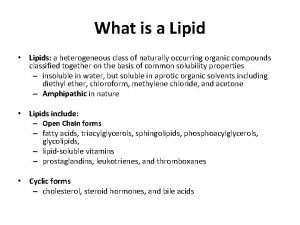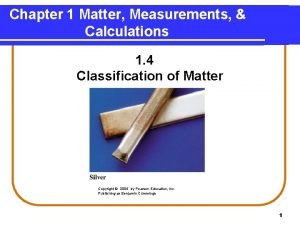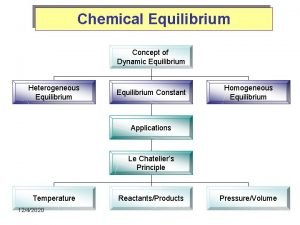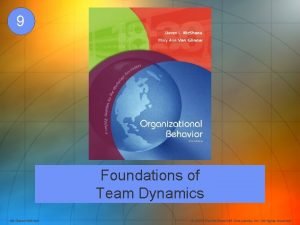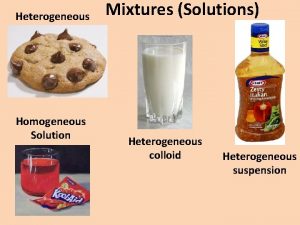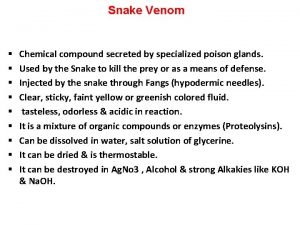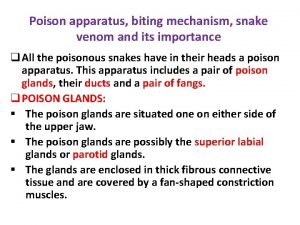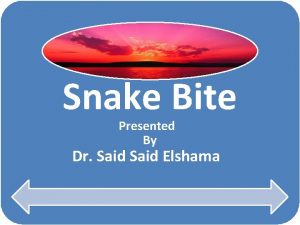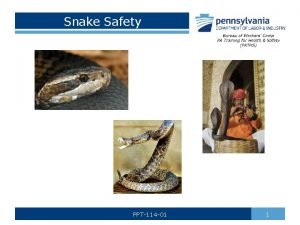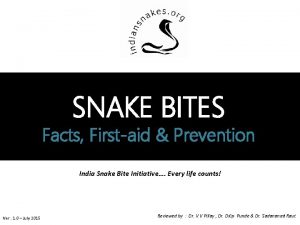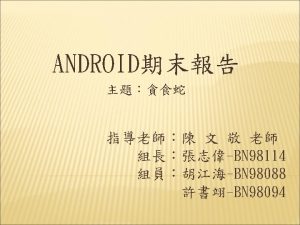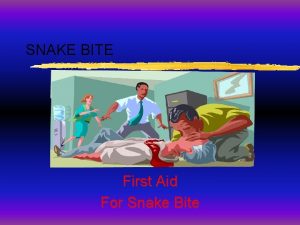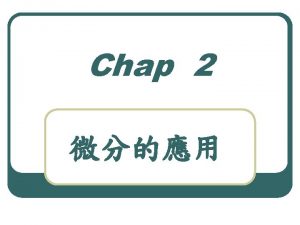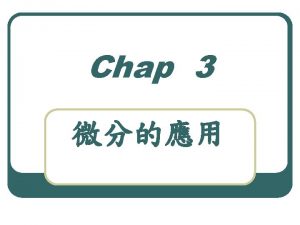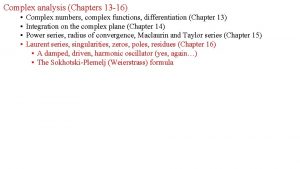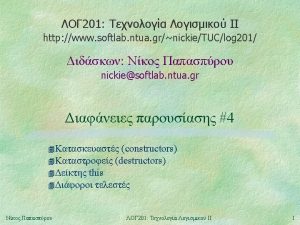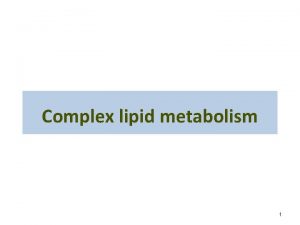n Snake venom is a complex heterogeneous solution













































- Slides: 45





n Snake venom is a complex heterogeneous solution & suspension of various proteins, peptides, lipids, carbohydrates, & enzymes, including ribonuclease & deoxyribonuclease, kinins, leukotrienes, histamine, phospholipase, serotonin, hyaluronidase, acetylcholinesterase, collagenase, procoagulants & anticoagulants, cardiotoxins, hemotoxins & neurotoxins.


Clinical Manifestations n n n n Local tissue damage Neurotoxicity Hypotension & shock Coagulopathy Rhabdomyolysis Nephrotoxicity Non-specific systematic (nausea & vomiting, dizziness, abdominal pain)




n Ascending subcutaneous hemorrhagic ecchymosis developed within 9 hours after envenomation to the foot.

Envenomation Severity Grade Features Grade 1 Fang marks may be seen, but no local or systemic symptoms after 8 -12 h Grade 2 Minor local swelling & discomfort only, with no systemic symptoms or hematologic abnormalities Grade 3 Grade 4 Progression of swelling beyond area of bite, with local tissue destruction, hematologic abnormalities, or systemic symptoms Marked progressive swelling &pain, with blisters, bruising, & necrosis; systemic symptoms such as vomiting, weakness, tachycardia, hypotension, &severe coagulopathy

n The major aspects of snake bite treatment include: n n n Field management Hospital assessment Hospital management

Field Management n Initial first aid of envenomation is directed at reducing the spread of venom & expediting transfer to an appropriate medical center.

General principles n The patient should be removed from the snake's territory, kept warm & at rest, & be reassured. n The injured part of the body should be immobilized in a functional position below the level of the heart.

n The wound should be cleansed

n Attempt to identify the snake, without endangering the patient or rescuer. n A digital photo taken at a safe distance may be useful.

n Snake parts should not be handled directly. The bite reflex may remain intact in recently killed snakes, possibly being able to inflict a bite. n Transport the patient to the nearest medical facility as quickly as possible.

Pressure immobilization

Techniques to avoid n Tourniquets

Techniques to avoid n. Incision

Techniques to avoid n Oral suction n (can introduce bacteria into the wound)

Techniques to avoid n Cryotherapy

Treatment strategies n Antivenom therapy n Supportive therapy

Antivenom n Antivenin is made by injecting horses with toxins from venomous snakes & then monitored to make sure they survive. n Then after the horse builds up an immunity the blood is extracted & processed into antivenin.


Antivenom Therapy n Antivenoms are generally indicated when: n There is evidence of systemic envenomation (neurotoxicity, coagulopathy, rhabdomyolysis, persistent hypotension, and/or renal failure). n There is severe local envenomation, manifested by local tissue destruction.


Antivenom Dosage in Children

n Since snakes inject the same quantity of venom into children & adults, the dosage of antivenom for all patients should be the same, regardless of age or weight.


آﻨﻬﺎ ﺍﺯ گﻮﻧﻪ 6 ﻛﻪ ﻫﺴﺘﻨﺪ گﻮﻧﻪ 23 ﺍﻳﺮﺍﻥ ﺩﺭ ﺷﺪﻩ ﺷﻨﺎﺳﺎﺋﻲ ﻋﻘﺮﺑﻬﺎﻱ n. ﻫﺴﺘﻨﺪ ﻓﺮﺍﻭﺍﻧﺘﺮ ﻭ ﺧﻄﺮﻧﺎﻛﺘﺮ n Scorpion venoms are complex mixtures containing mucopolysaccharides, hyaluronidase, phospholipase, acetylcholinesterase, serotonin, histamine, protease inhibitors, histamine releasers, and neurotoxins. n Neurotoxins are the most important venom constituents in human envenomations.

Buthotus saulcyi ﺳﻴﺎﻩ ﺩﻡ ﻋﻘﺮﺏ Mesobothus eupeus ﺯﺭﺩ ﻋﻘﺮﺏ Buthotus schach پﺮﺯﺩﺍﺭ ﺳﻴﺎﻩ ﻋﻘﺮﺏ Hemiscorpios leptorus گﺎﺩﻳﻢ ﻋﻘﺮﺏ Androctonus crassicoda ﺳﻴﺎﻩ ﻋﻘﺮﺏ Odontobothus doriea ﺍﻭﺩﻭﻧﺘﻮ ﻋﻘﺮﺏ





n Most people develop only minor local reactions, but patients with venom allergy are at risk for systemic allergic reactions (ie, anaphylaxis), which can be particularly severe and are a leading cause of anaphylaxis fatalities.

Venom n Histamine n Melittina –membrane active polypeptide that can cause degranulation of basophils and mast cells, constitutes more than 50 % of the dry weight of bee venom

Stinger Removal n Stingers should be removed as rapidly as possible after a sting by any means possible, because venom can continue to be released for several seconds.

n A typical local reaction to a Hymenoptera sting is redness & an area of painful swelling (1 to 5 cm) at the site of the sting that develops within minutes & resolves within a few hours. n Uncomplicated local reactions may be treated with cold compresses.

n Approximately 10 % of individuals develop exaggerated redness & swelling at the site of the sting that gradually enlarges over 1 to 2 days. This response is called a large local reaction (LLR). n The area of swelling typically measures about 10 cm in diameter.


n Treatment of LLRs is based upon symptoms. n Cold compresses are soothing acutely n Oral prednisone, 40 to 60 mg given as a single dose or rapidly tapered over 2 to 5 days, may help reduce significant swelling. n NSAIDs can reduce pain. n Pruritus can be treated with oral antihistamines (eg, cetirizine, 10 mg once daily) and high potency topical corticoid steroids (eg, fluocinonide 0. 05% or clobetasol 0. 05 % ointment, applied Q 4 h) until the itching subsides.

END
 Asv dose
Asv dose Classification of snakes
Classification of snakes Project venom
Project venom Insect venom
Insect venom Most dangerous venom
Most dangerous venom There are many types of lethal venom in the animal kingdom
There are many types of lethal venom in the animal kingdom Most dangerous venom
Most dangerous venom Straregies
Straregies Miliary tb
Miliary tb Uniquisitive
Uniquisitive Simple compound complex quiz
Simple compound complex quiz The electra complex
The electra complex Pauline and bruno have a big argument
Pauline and bruno have a big argument The electra complex
The electra complex Ideal solution and non ideal solution
Ideal solution and non ideal solution Homogeneous nucleation
Homogeneous nucleation V
V Heterogeneous vs homogeneous groups
Heterogeneous vs homogeneous groups Heterogeneous data integration
Heterogeneous data integration 7 steps of heterogeneous catalysis
7 steps of heterogeneous catalysis Heterogeneous architecture presentation
Heterogeneous architecture presentation Pictures of separating mixtures
Pictures of separating mixtures Heterogeneous mixture
Heterogeneous mixture Substances and mixtures
Substances and mixtures Homogeneous and heterogeneous distributed database
Homogeneous and heterogeneous distributed database Heterogeneous mixture of intermediate sized particles
Heterogeneous mixture of intermediate sized particles Perfume pure substance or mixture
Perfume pure substance or mixture Heterogeneous mixture def
Heterogeneous mixture def Heterogeneous
Heterogeneous Is tea homogeneous or heterogeneous
Is tea homogeneous or heterogeneous Is chunky peanut butter homogeneous or heterogeneous
Is chunky peanut butter homogeneous or heterogeneous Is cake batter a pure substance or a mixture
Is cake batter a pure substance or a mixture Is italian salad dressing homogeneous or heterogeneous
Is italian salad dressing homogeneous or heterogeneous Honey is homogeneous or heterogeneous
Honey is homogeneous or heterogeneous How do you classify uniform and non-uniform mixtures?
How do you classify uniform and non-uniform mixtures? Tap water homogeneous or heterogeneous
Tap water homogeneous or heterogeneous Heterogeneous computing
Heterogeneous computing Homogeneous vs heterogeneous reactions
Homogeneous vs heterogeneous reactions Indiana jane and the investigation of matter answer key
Indiana jane and the investigation of matter answer key Heterogeneous lipids
Heterogeneous lipids Is blood is homogeneous mixture
Is blood is homogeneous mixture Is windex homogeneous or heterogeneous
Is windex homogeneous or heterogeneous Homogeneous equilibrium
Homogeneous equilibrium Heterogeneous team
Heterogeneous team Oag: toward linking large-scale heterogeneous entity graphs
Oag: toward linking large-scale heterogeneous entity graphs Foods that are heterogeneous mixtures
Foods that are heterogeneous mixtures

